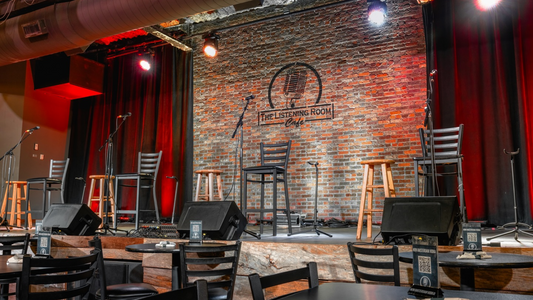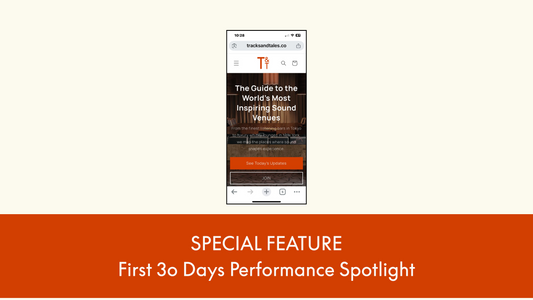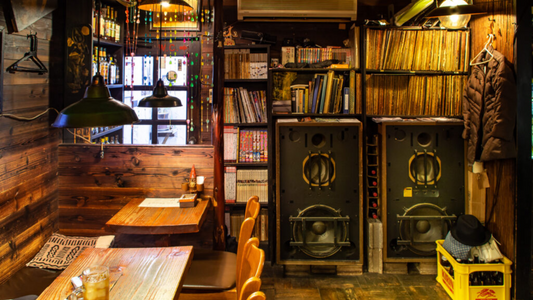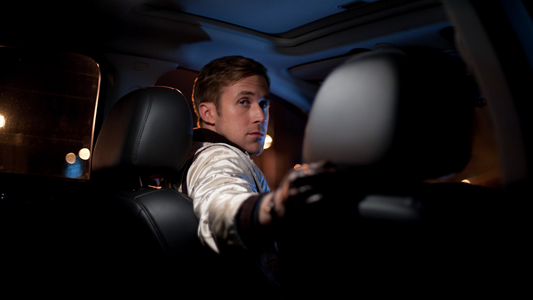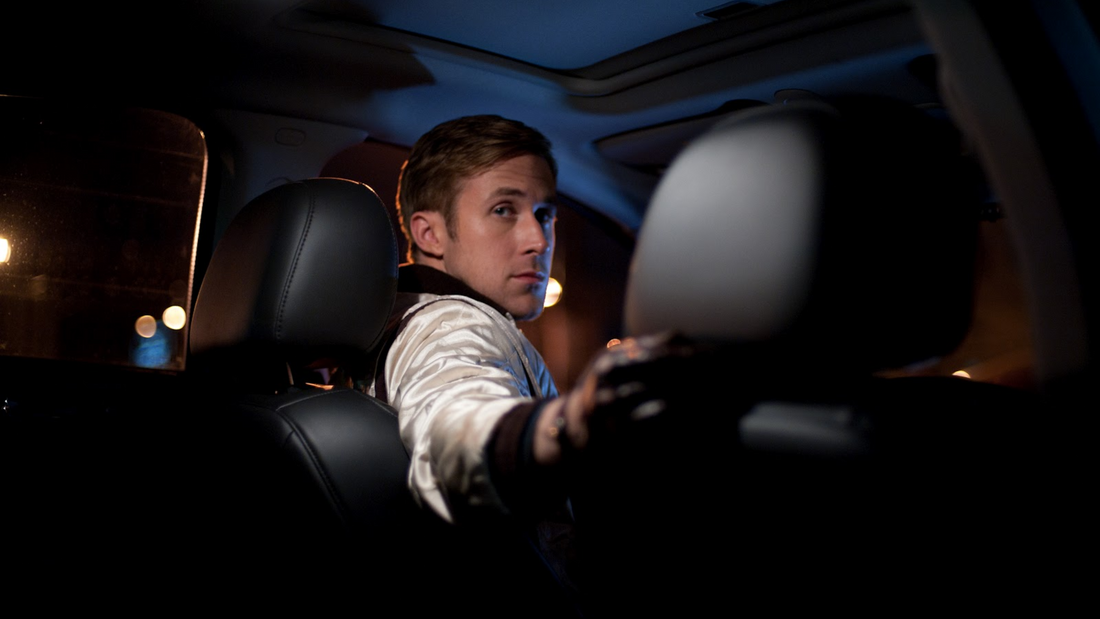
The Unmissable Films and Music of September 2025: Five Soundtrack Albums for Deep Listening
Soundtracks Worth a Listening Bar Afternoon
By Rafi Mercer
Films carry stories through light, but their soundtracks carry them into memory.
The best soundtracks are not just accompaniments — they are worlds of their own, albums that outlive the frames they were meant to serve.
Some, call for a deep listening experience, they stop you.
Sitting at home, with the lights low and the system tuned, these records reveal themselves as more than cinema. They become listening bar essentials.
With September 2025 already brimming with new releases, I find myself looking back at five soundtrack albums that continue to prove their worth when played away from the screen.
The first is Miles Davis’s Ascenseur pour l'échafaud (1958), composed almost on the spot for Louis Malle’s noir. Davis recorded with a French quartet, improvising to projected images. The result is not a score in the traditional sense, but a mood caught in amber. Trumpet notes hang in the air like cigarette smoke, basslines wander Paris streets at night. Even divorced from the film, the record stands as one of Davis’s most atmospheric works. Play it at home and you’ll hear silence itself turned into character.
Next, Curtis Mayfield’s Super Fly (1972). A soul soundtrack that outshone its film, it remains one of the deepest grooves ever pressed to vinyl. Mayfield didn’t glorify the blaxploitation narrative, he questioned it, layering horns, strings, and falsetto over rhythms that still cut. The songs stand alone as street poetry, with basslines that roll like conversation and lyrics that refuse to soften the truth. In a listening bar, Super Fly becomes both history and prophecy — urgent, funky, uncompromising.
Third, Ryuichi Sakamoto’s Merry Christmas, Mr. Lawrence (1983). Minimal, delicate, unforgettable. The title theme feels eternal, its piano phrase repeating like breath. The soundtrack is built from restraint — simple melodic lines stretched into silence, electronics woven like gossamer, and moments of dissonance that remind you beauty is never without pain. On a fine system the weight of every note deepens. It is not just music for a film; it is music for reflection, for private reverie, for slow Sunday afternoons.
Fourth, Prince’s Purple Rain (1984). To call it a soundtrack almost feels reductive. Yes, it accompanied the film, but it became an album that defined a decade. Every track is alive with energy — funk, rock, soul, all colliding under Prince’s command. Played loud in a room tuned for listening, you feel the range of it: intimacy in “The Beautiful Ones,” exuberance in “Let’s Go Crazy,” transcendence in the title track. It is cinema, theatre, and cathedral rolled into one.
Finally, Cliff Martinez’s Drive (2011). A modern cult classic, defined as much by its music as by its neon visuals. Synths hum like engines idling at traffic lights, beats pulse with menace, melodies hover between romance and despair. The Drive soundtrack reminds us that electronic minimalism can be as emotionally rich as any orchestra. At home, late at night, it carries the same weight as a listening bar set: detail, atmosphere, presence.
These five albums remind us that the relationship between film and sound is more than incidental. Cinema often gives music a stage, but music gives cinema its permanence. And in the right room, away from the screen, these soundtracks reveal themselves as works of art in their own right.
So in September 2025, while the world chases the new, I find myself returning to these records — not as nostalgia, but as essentials. Albums that prove the border between screen and sound was never real. Albums that remind us why listening is not just accompaniment, but experience.
Rafi Mercer writes about the spaces where music matters. For more stories from Tracks & Tales, subscribe here, or click here to read more.
